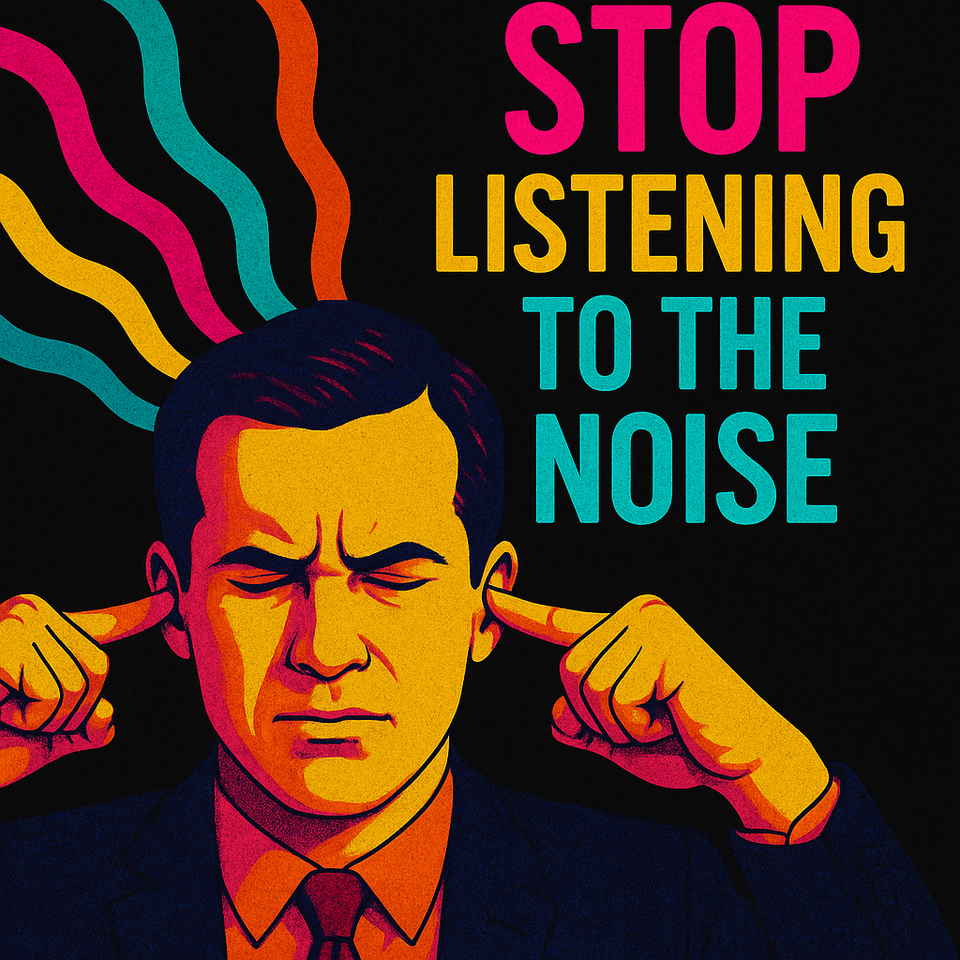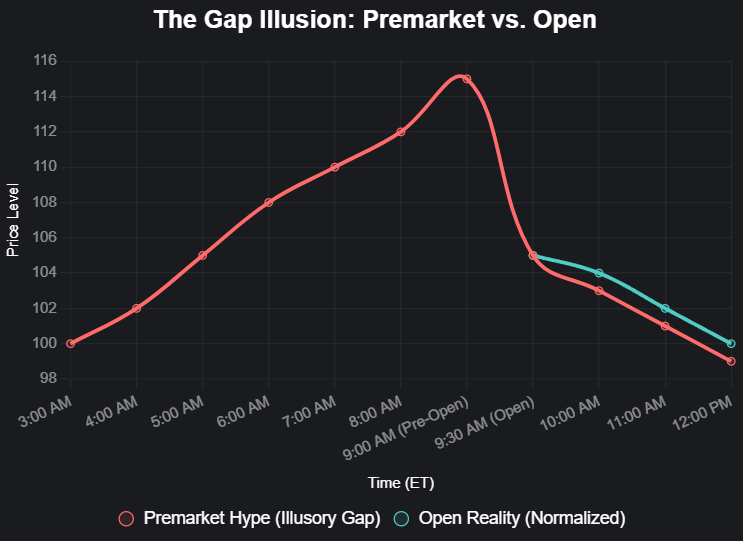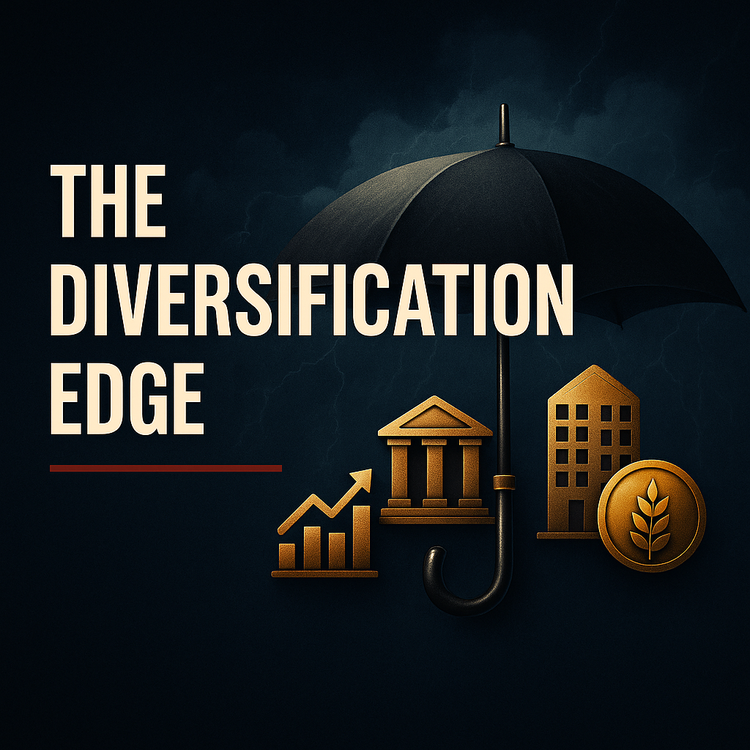The Truth About Investing: Stop Listening to the Noise

A surgeon lost $180k in six months—not from a crash, but from chasing hot stocks and TV pundit doomsday calls. Brilliant in the OR, he flopped in the market.
Here's the brutal truth: the investment industry profits from your confusion. Every prediction, every "urgent" market update, every "must-read" analysis is designed to make you feel like you're missing something critical. The more anxious you become, the more you trade. The more you trade, the more money flows into their pockets, not yours.
But that surgeon's story has a twist ending that reveals everything wrong with how most people invest.
The Prediction Racket: Why Expert Opinions Are Worse Than Useless
Turn on financial TV or scroll through investment Twitter, and you'll find no shortage of "experts" telling you what the market will do next. Here's the uncomfortable truth: Wall Street's loudest voices aren't wrong by accident—they're paid to keep you guessing.
Experts predict markets worse than a coin flip (47% accuracy, CXO Advisory). Miss the S&P 500's 10 best days over 20 years, and your 10% annual returns halve (Putnam)¹².
Style consistency wins: Warren Buffett has used the same value investing approach for 60 years. His secret isn't predicting markets—it's ignoring predictions and sticking to his process.
But here's what most investors miss: successful investing isn't about finding the "best" strategy. It's about finding the strategy that matches your temperament and sticking with it.
The Investment Style Framework: Your Personal Noise Filter
Think of investment styles as personality-based approaches to building wealth. Just like you wouldn't force an introvert to become a salesperson, you shouldn't force a natural value investor to chase growth stocks.
Here are the four core styles that actually work long-term:
Value: Buy undervalued, profitable companies and wait.
Growth: Pay premium prices for companies expanding rapidly.
Quality: Focus on companies with durable competitive advantages and consistent returns.
: Prioritize dividend-paying stocks and bonds that generate cash flow.
The critical insight: Your investment style should determine your strategy, not daily market movements or expert predictions.
Why That Surgeon's Story Ends Better Than Expected
Remember the surgeon who lost $180,000? Here's what happened next: he stopped watching financial TV, deleted his trading apps, and put his remaining money into a simple three-fund portfolio matching his risk tolerance.
Six months later, he'd recovered $120,000 of his losses. Not by picking stocks or timing markets, but by ignoring the noise and following a boring, consistent process.
His lesson: "I can perform complex surgery because I follow proven procedures. Investing should work the same way."
Building Your Anti-Noise Investment Process
Step 1: Identify Your Natural Style Ask yourself: Am I naturally drawn to bargains (value), growth stories (growth), stable winners (quality), or income generation? Your temperament should match your approach.
Step 2: Define Your Specific Criteria
- Value investors might focus on P/E ratios under 15 and debt-to-equity below 0.5
- Growth investors look for revenue growth above 20% and expanding market opportunities
- Quality investors examine competitive moats and return on equity above 15%
- Income investors prioritize dividend yields above 3% with 10+ year payment histories
Step 3: Stick to Your Process When the Noise Gets Loud When experts start predicting crashes or booms, return to your criteria. Does this investment meet your standards? If yes, consider it. If no, pass. The noise is irrelevant.
Step 4: Review Regularly, React Rarely Check your holdings quarterly, not daily. Ask: "Have the business fundamentals changed?" not "What did the stock do this week?"
The surgeon now follows this exact process. No more daily market checks. No more expert predictions. No more emotional decisions. Just a clear framework and the discipline to execute it.
The Bottom Line: Silence the Noise, Amplify the Signal
The investment world profits from your confusion. The more you trade, the more fees you pay. The more you worry about predictions, the less you focus on proven strategies.
Your path to investment success isn't found in the latest market commentary or expert prediction. It's found in developing a style-based approach that matches your goals and temperament, then having the discipline to execute it consistently while the noise swirls around you.
The surgeon learned this lesson the expensive way. You don't have to.
The truth about investing: Boring, consistent, style-based investing beats exciting, reactive, noise-driven trading every single time. The math has been clear for decades—it's time to stop listening to the noise and start following the data.
Sick of the noise? Pick your style, stick to it, and share this to save someone from a $180k mistake.
References:
- CXO Advisory Group, "Expert Political Judgment Study"
- Putnam Investments, "Importance of Staying Invested" market timing study
- Morningstar, "Active/Passive Barometer" annual fund performance data






Member discussion